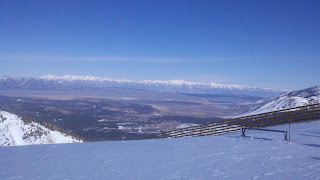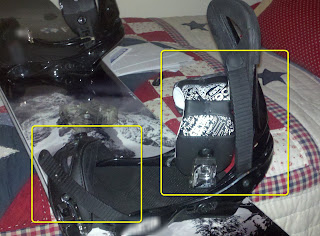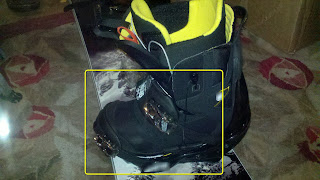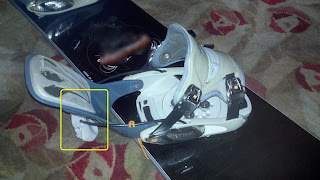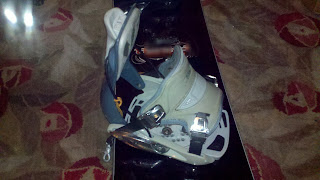Eitan Segal
Autodesk announced their 2013 based products today! It's certainly like Christmas in March!
For me, I installed Autodesk Inventor 2013 immediately and read through the "What's New"! Why? To find out what's new of course!
Have I done an in depth study of everything yet. Pfffft! Of course not! But I'm not going to let that stop me!
What I am going to do, is list the top ten features that caught my eye. Things I can't wait to explore some more.
I will, however, put in a disclaimer. This top ten is based my first impressions, so I may change it as work with the features more. Also, the order of the features isn't necessarily in order. In other words, it's just a list!
But with that! Here goes!
Number 1: New file screen
Autodesk changed the appearance of the "New File" screen and I like it! I think it's more sensibly organized, and will help me find the right template a lot more quickly than I used to!
 |
| It's really much clearer now! |
Previous versions let set which sketch to start on, but Inventor 2013 allows you to start a sketch, and choose the plane to work off of at this time. It's a flexibility I think I'll really get to like!
 | |||
| Oh.. I like this. |
When the first dimension is placed on a sketch, the entire sketch scales in proportion to the first dimension. This should help prevent me from having those "which way did it go?" moments when I make a large change in a sketch dimension.
 |
| Very smooth! |
Number 4: Center Point Rectangle
Sure I could do this with a little construction geometry. I didn't even take long, but this is a nice little feature that just makes things run a little smoother.
 |
| Huzzah! |
Number 5: Equation Curves
Need to make a parabolic curve to create a reflector! Now the equation to define a curve can be entered. I can think of a few places where this one will help out!
 |
| The Algebra is Strong in this One! |
Number 6: Remove Internal Voids in a Derived Component
Need to hide internal components so you don't "give away the farm" when sending components out! I think I'll be checking this one out!
 |
| Hmm. This will make securing intellectual property a little easier! |
Number 7: Export Colors to STL
Now you can export your part colors to an STL file! Need to send out components to a rapid prototyping house and print the component colors! Here it is!
 |
| I see your true colors shining through! |
Someone sends you an STL file? Fear not! Inventor will import them now!
 |
| Got em coming and going! |
It's important for any CAD Manager to purge out dated and unused Styles and Materials from your files. Now you can "Nuke the Site from Orbit" with Task Scheduler. Instead of getting those pesky styles one at a time, you can grab a fist full of files and purge en mass!
 |
| Purging in one fell swoop! |
Number 10: Default Application Options
If you've ever taken an Inventor class with me, you know that there are "settings Jon changes on any new Inventor installation". Apparently Autodesk agrees with me on this one (at least that's what I'm going to tell myself). But many students did agree with this, so Autodesk really has listened to all of us.
Now "Grid Lines" are automatically turned off, and "Edit Dimension When Placed" is on! It's nice that I won't have to go and turn these off on my own now!
 |
| Nice Change in Defaults! |
So these are the things that "caught my eye" out of the gate. Does that mean this is the best? No, just what I found on first blush. I'll surely find more as I get behind the wheel and start driving.
Look for those posts to start coming up soon. And yes, they'll be videos!
Do you have your own favorites for what's new? Post in the comments. Here's the full list for What's New in Autodesk Inventor 2013!





















